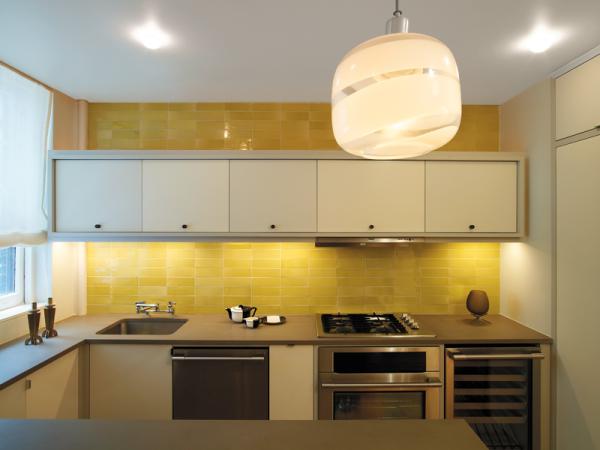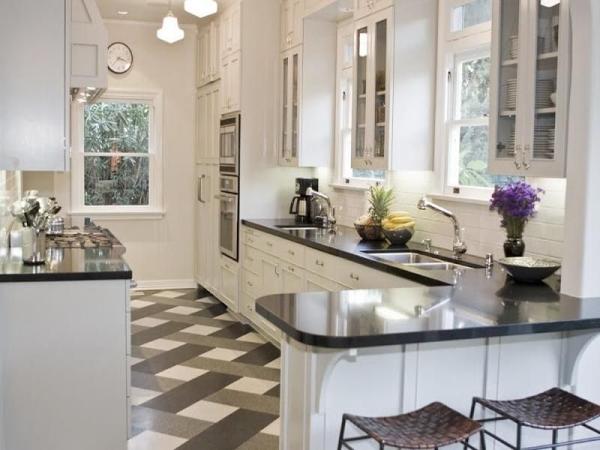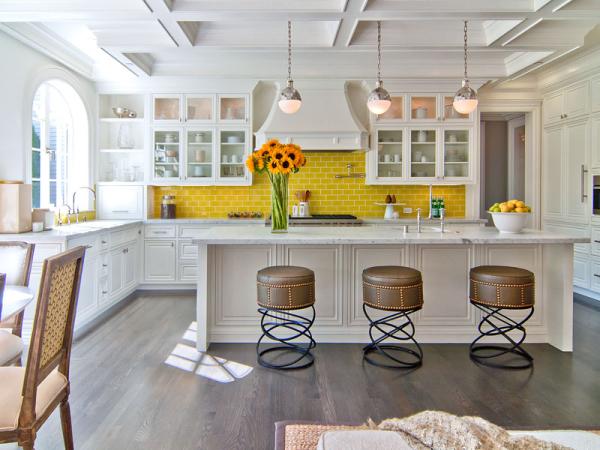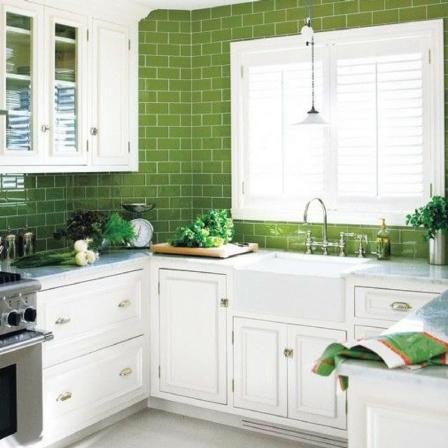Ceramic tile flooring has been a popular choice for centuries due to its durability, versatility, and aesthetic appeal. With a vast range of colors, patterns, and finishes, ceramic tiles offer a timeless and stylish flooring solution for both residential and commercial spaces. This article delves into the features, benefits, and design considerations of ceramic tile flooring, highlighting why it remains a sought-after option for homeowners and interior designers.
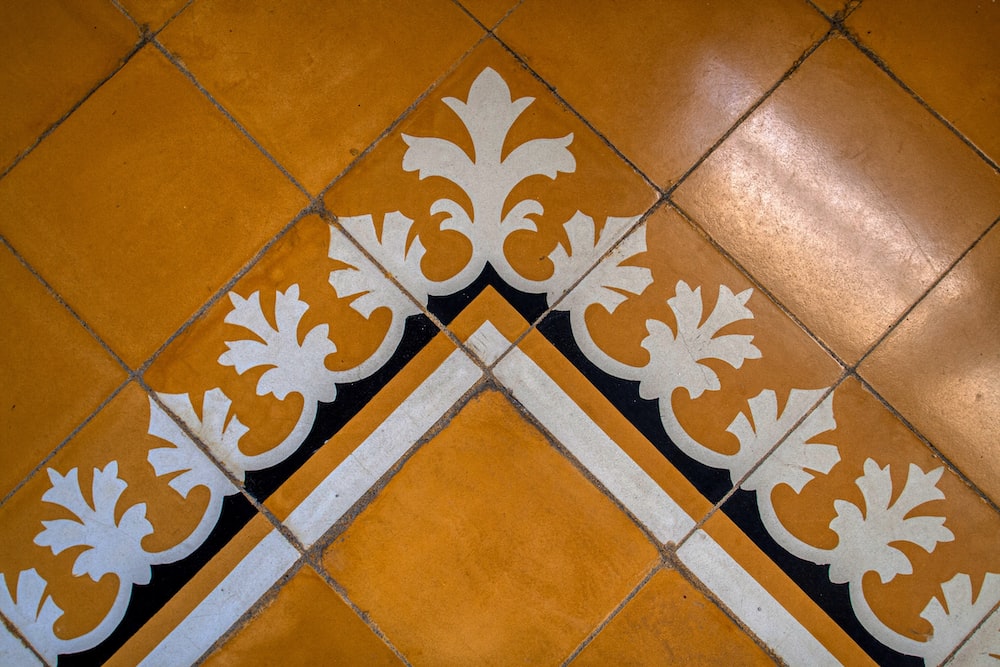

Definition and Types of Ceramic Tile

Ceramic tiles are composed of clay, minerals, and water, which are shaped, kiln-fired, and sometimes glazed to create a sturdy and decorative flooring material. There are two main types: porcelain tiles and non-porcelain ceramic tiles. Porcelain tiles are denser, less porous, and highly resistant to water, stains, and wear. Non-porcelain ceramic tiles, on the other hand, have a softened clay construction and offer a wider variety of design options, including intricate patterns and colors.
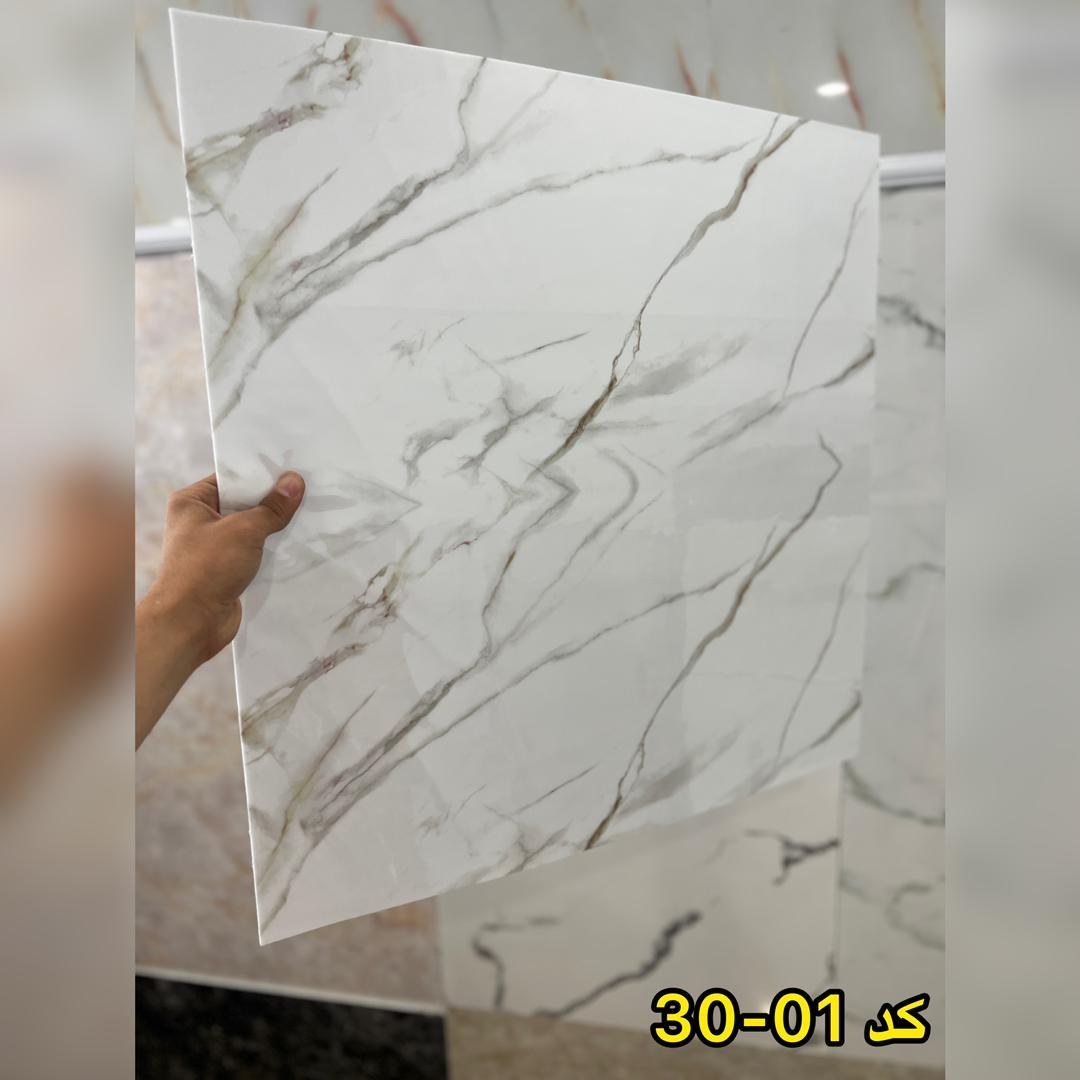
Benefits of Ceramic Tile Flooring
Ceramic tile flooring offers numerous advantages, making it a popular choice for various spaces. First and foremost, ceramic tiles are exceptionally durable and resistant to dents, scratches, and even fire. They are also easy to maintain, with regular sweeping and occasional mopping being sufficient for most cleaning needs. Additionally, ceramic tiles are hypoallergenic, as they do not harbor dust mites, pollen, or pet dander, contributing to better indoor air quality. Furthermore, ceramic tiles are suitable for radiant floor heating, bringing comfort during colder months. Finally, given their water-resistance properties, ceramic tiles are ideal for areas prone to high moisture, such as bathrooms and kitchens.
Design Considerations and Versatility
The versatility of ceramic tiles allows for a wide array of design possibilities. With an extensive range of colors, sizes, shapes, and textures, ceramic tiles can be customized to suit any design aesthetic. Whether you prefer a classic, rustic, contemporary, or eclectic look, there are options available to match your style. Additionally, ceramic tiles can mimic the appearance of natural materials like wood, stone, or marble, offering a cost-effective alternative without compromising on beauty.
When choosing ceramic tiles, considerations such as color, finish, and grout should be taken into account. Light-colored tiles make a space appear larger and more open, while dark-colored tiles create a cozy and intimate atmosphere. Different finishes, including matte, glossy, and textured, provide varying levels of shine and slip resistance. Opting for contrasting or matching grout can further enhance the aesthetic impact.
Ceramic tile flooring continues to be a popular choice for homeowners and designers due to its durability, easy maintenance, and aesthetic versatility. This traditional flooring material has evolved to offer a variety of design options, making it suitable for any space, style, or budget. With its enduring appeal, ceramic tile flooring remains an excellent investment, ensuring both practicality and beauty in every room.
